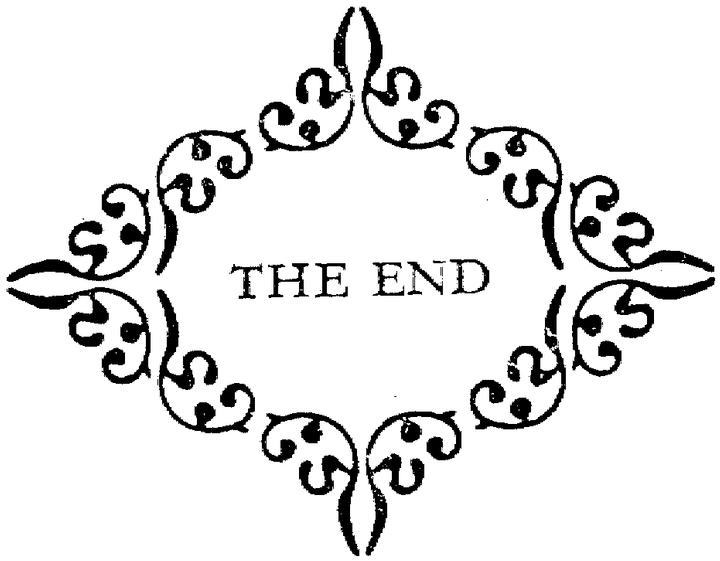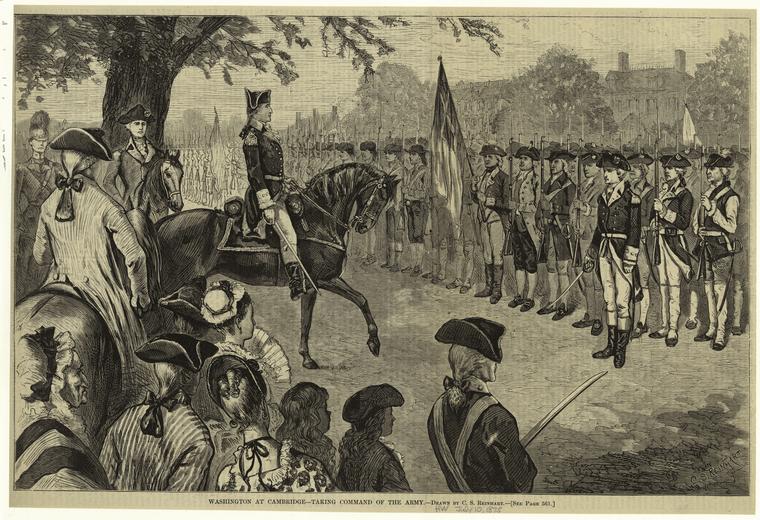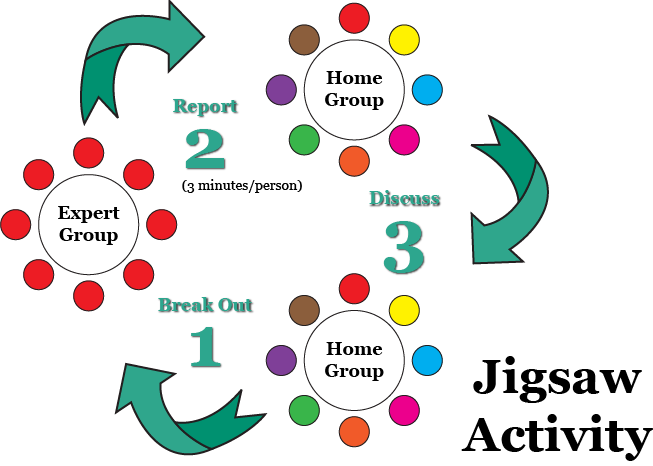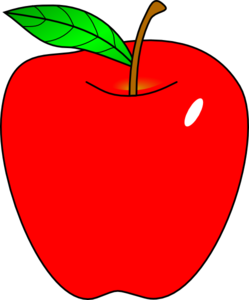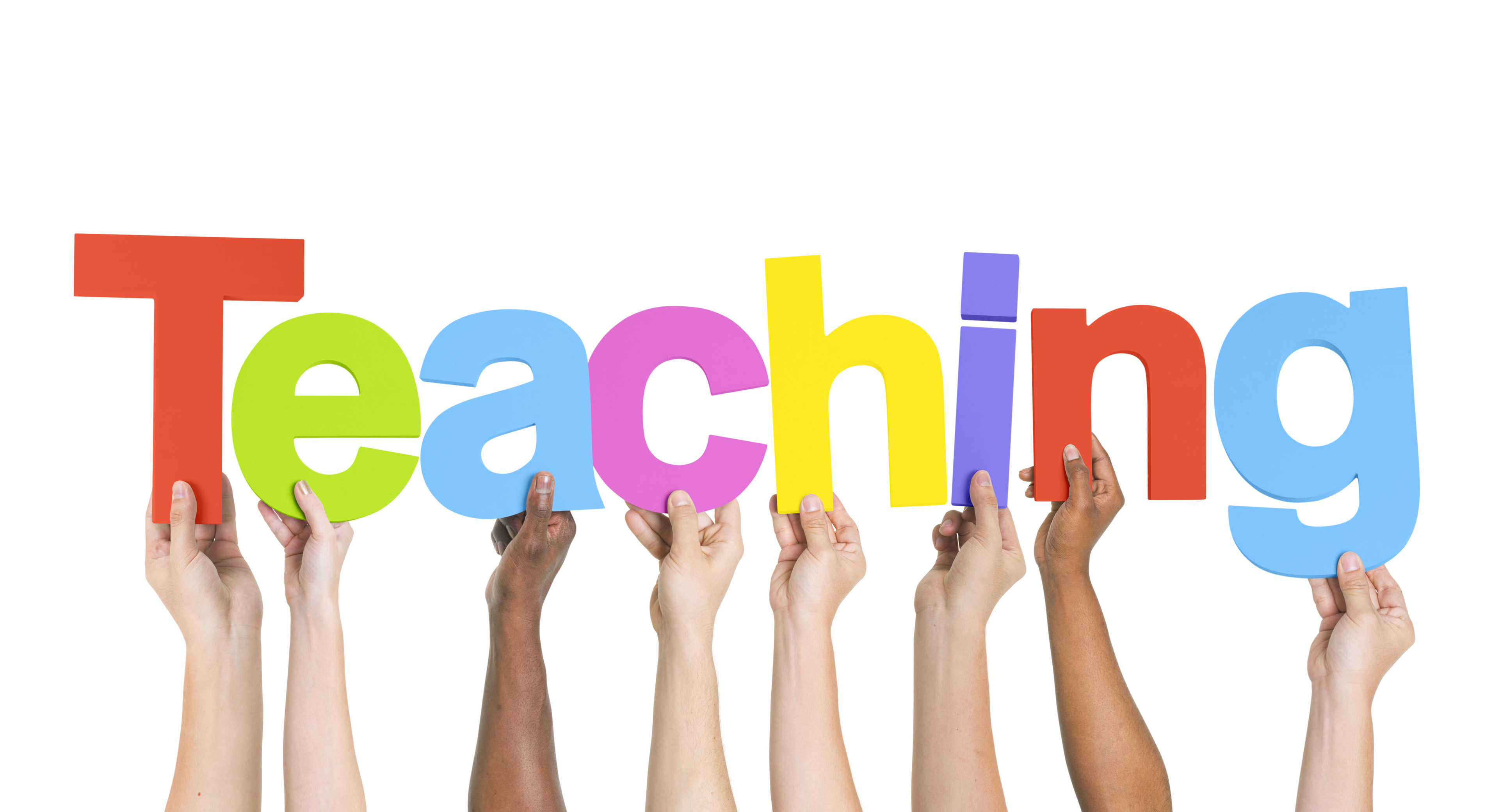One of the main experiences that I will definitely not forget will have to be my fieldwork. This fieldwork was something I have never done before, which was teach an entire classroom. It helped
 me gain confidence in myself and helped me realize what it will actually be like when I start to work as a teacher. While having a new experience in fieldwork, I also learn new types of lessons such as, Direct, Inquiry, and cooperative. Even though it was my first time hearing of these types of lessons I quickly and easily learned them. We created our own lessons and put them in action in our fieldwork. That is how I was really able to get a handle on them so quickly.
me gain confidence in myself and helped me realize what it will actually be like when I start to work as a teacher. While having a new experience in fieldwork, I also learn new types of lessons such as, Direct, Inquiry, and cooperative. Even though it was my first time hearing of these types of lessons I quickly and easily learned them. We created our own lessons and put them in action in our fieldwork. That is how I was really able to get a handle on them so quickly.Another experience I would say I will always carry with me is the amount of technology I was introduced to. If I were asked how I would incorporate technology into the classroom, I would not know how to answer. Throughout this class I have been shown many digital tools to use in the classroom. I was able to use them in the many of the projects we created and became familiar with them. I would be able to use them when I start to teach and have my students try to use them and become familiar with them as well.
Now we are currently working on our Livebinders, which is a practice run for when we start to do our edTPA. It is so much work but I know that all this work and stress will pay off in the end. It will definitely help me in the future when I start my student teaching. Here is a link to my Livebinder. Right now it is a work in progress but it will be completed by the 15th if you would like to see the full and completed version!
Even though this is the end of the semester and our class, I feel that it is just the beginning. We will always be learning new things and new ways to improve our teaching. Even when we are teaching in a classroom we can still learn more new and improved ways. I am excited to talk the rest of my education classes and see what else is out their for me to learn about teaching students. I am so thankful for the knowledge that this class has given me and I will always carry it throughout my career.
